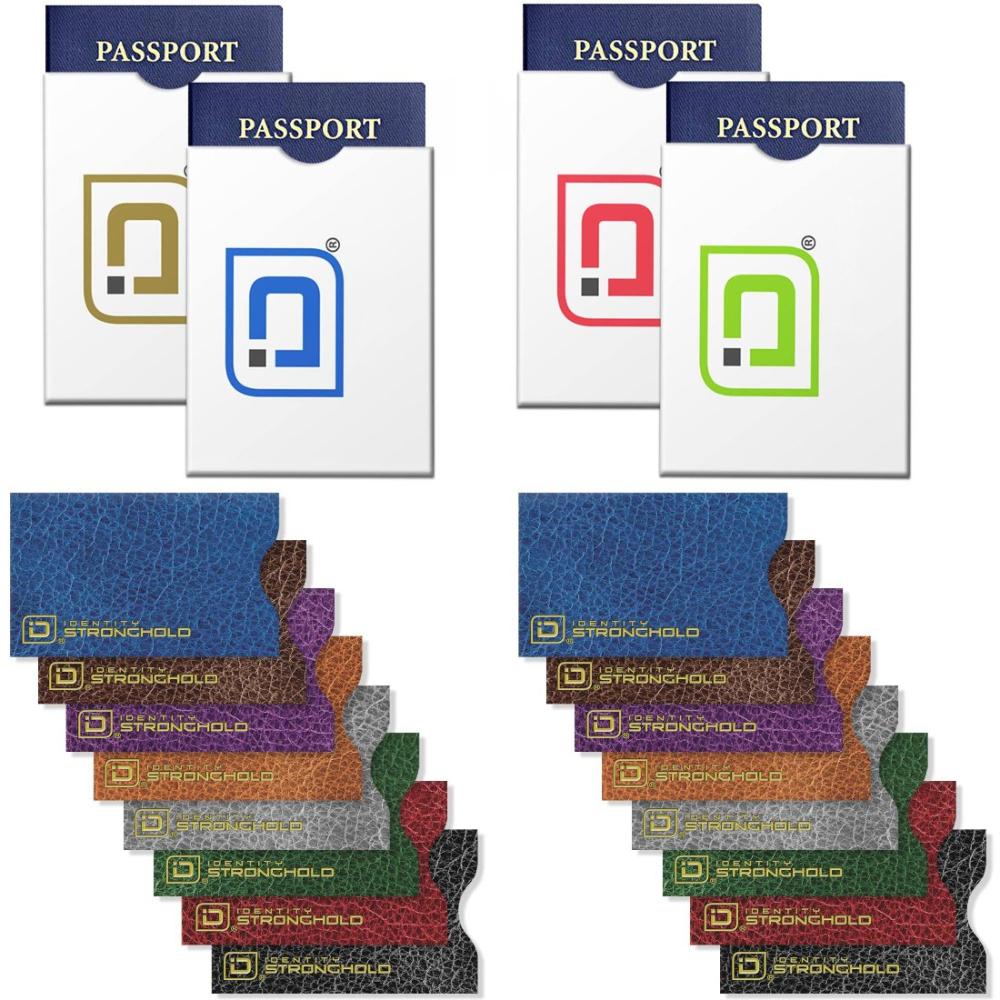In February of 2020, many of the world’s national and local governments began asking their citizens to stay home in order to prevent the spread of COVID-19, also known as coronavirus. As of March 31, 2020, quarantines still exist across the globe, and they’ll probably continue until at least the middle of April. Populations all around the world have been surprisingly willing to comply with stay-at-home orders. Some people are primarily concerned with protecting themselves from contracting the virus. Others may be more worried about spreading it to the vulnerable, like the elderly or infirm. And some people have even changed the way they buy things to minimize their exposure risk.
Exponential growth threatens to make COVID-19 a prolific danger.
To understand why minimizing exposure to a virus is so important, here’s a helpful exercise. A piece of standard copy paper is .003” thick. If you fold it in half, thereby doubling its thickness, it’s .006”. How thick do you think it would be if you folded it in half 50 times? Obviously, this is just a thought experiment. Folding a piece of paper in half so many times would be impossible. But, if you could do it, do you think you would measure the stack in inches, feet, or yards? You might be astounded by the answer. It’s about 53 million miles!
The thought experiment above illustrates the power of exponential growth. Every time you fold the paper, you double its thickness. It’s one, two, four, eight, sixteen, thirty-two sheets thick and so on. If you fold it 50 times, you get a look at what two to the fiftieth power looks like in sheets of paper. That’s why it’s called exponential growth—50 is the exponent.
Now consider how this applies to COVID-19 and you’ll understand why so many countries are enforcing social distancing policies. If one person with the coronavirus goes out and infects two people, and those people each give the virus to two more people—well, you can see how a single person can eventually spread the virus to many, many others.
People have changed the way they pay to minimize the spread of germs.
According to recent news, many people are choosing contactless payment methods to avoid handling cash during the coronavirus outbreak. Considering the average number of people who handle a single $20 bill (550 per year), that might be a smart move. In fact, the World Health Organization (WHO) recommends it.
In general, a credit or debit card rarely touches any hands other than the owner’s. But credit card terminals can harbor plenty of nasty germs. Cards can pick up those germs and transfer them just as easily as cash, maybe even more so. That’s where a contactless card has an advantage. Tapping or holding a card over a terminal can reduce opportunities for germs to move from place to place. So don’t just switch to plastic—go contactless.
COVID-19 is one of many threats people can avoid by using contactless payment methods.
According to the World Health Organization, influenza affects nearly a billion people around the globe every year. Then there’s the common cold. Either of these can spread via paper money or credit card. Contactless payment methods offer safer ways to pay for groceries, gas, and other purchases. Now might be an especially good time to switch how you pay, but making a permanent change could be an excellent long-term strategy.
Keep your contactless payment cards safe with an RFID-blocking wallet.
If you’ve already changed to contactless payment methods or are thinking about making the switch, check out ID Stronghold’s selection of RFID-blocking wallets and purses. Your money should be safe from germs and theft!














